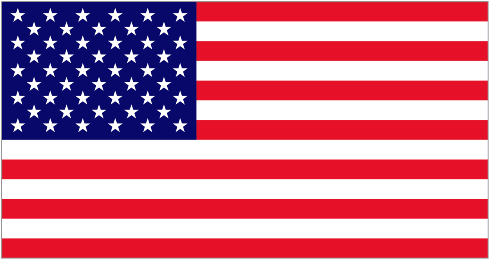Chords are groups of notes played together to create a harmonious sound. On the Ukulele, chords are typically played with the fingers, using a strumming or picking pattern. To play chords on the Ukulele, you need to understand the basics of music theory and know how to read chord diagrams.
A chord diagram visually represents a chord, showing which strings and frets to play to produce the chord. The diagram shows the fretboard of the Ukulele, with the strings running vertically and the frets running horizontally. The dots on the diagram indicate which strings to play with and which frets to press. The numbers on the dots indicate which fingers to use to press the strings. For example, a “1” on a dot means to use the index finger; a “2” means to use the middle finger, and so on.
The most common chords on the Ukulele are the C, F, G, and A chords. These chords are used in many songs and are a good place to start learning.
How to play the C chord on a Ukulele
0.0.0.3
To play the C chord, place the index finger on the first fret of the A string. That’s it! The other fingers can stay out of the way. This is officially the most straightforward chord ever and the first chord everyone learns in the Ukulele.
How to play the F chord on a Ukulele
2.0.1.0
To play the F chord, place the index finger on the first fret of the E string, and the middle finger on the second fret of the G string. Try not to touch the C string with part of your middle finger, not to interrupt the sound it produces open-aired.
How to play the G7 chord on a Ukulele
0.2.1.2
To play the G seventh chord, place the index finger on the first fret of the E string, the middle finger on the second fret of the C string, and the ring finger on the second fret of the A string. Strum or pick all four strings to produce the G seventh chord.
How to play the Am chord on a Ukulele
2.0.0.0
To play the A minor chord, place the middle finger on the second fret of the G string, and again: This is it! The second easiest chord you will learn on the Ukulele. Just one finger, the middle finger, is placed in one fret, and you are ready to go!
Are you ready with the C, F, G, and Am chords on Ukulele?
Once you have mastered the C, F, G, and A chords, you can start learning more advanced chords, such as the D, E, and B chords. These chords are more challenging to play, requiring more fingers and complex fingerings. However, you can learn to play them and expand your chord vocabulary with practice and repetition.
In conclusion, chords are an essential part of playing the Ukulele. By learning the basics of music theory and how to read chord diagrams, you can start playing a wide range of chords on the Ukulele. The C, F, G, and A chords are an excellent place to start, and you can gradually expand your knowledge and skills by learning more advanced chords. You can develop your chord playing and improve your overall Ukulele skills with practice and repetition.


